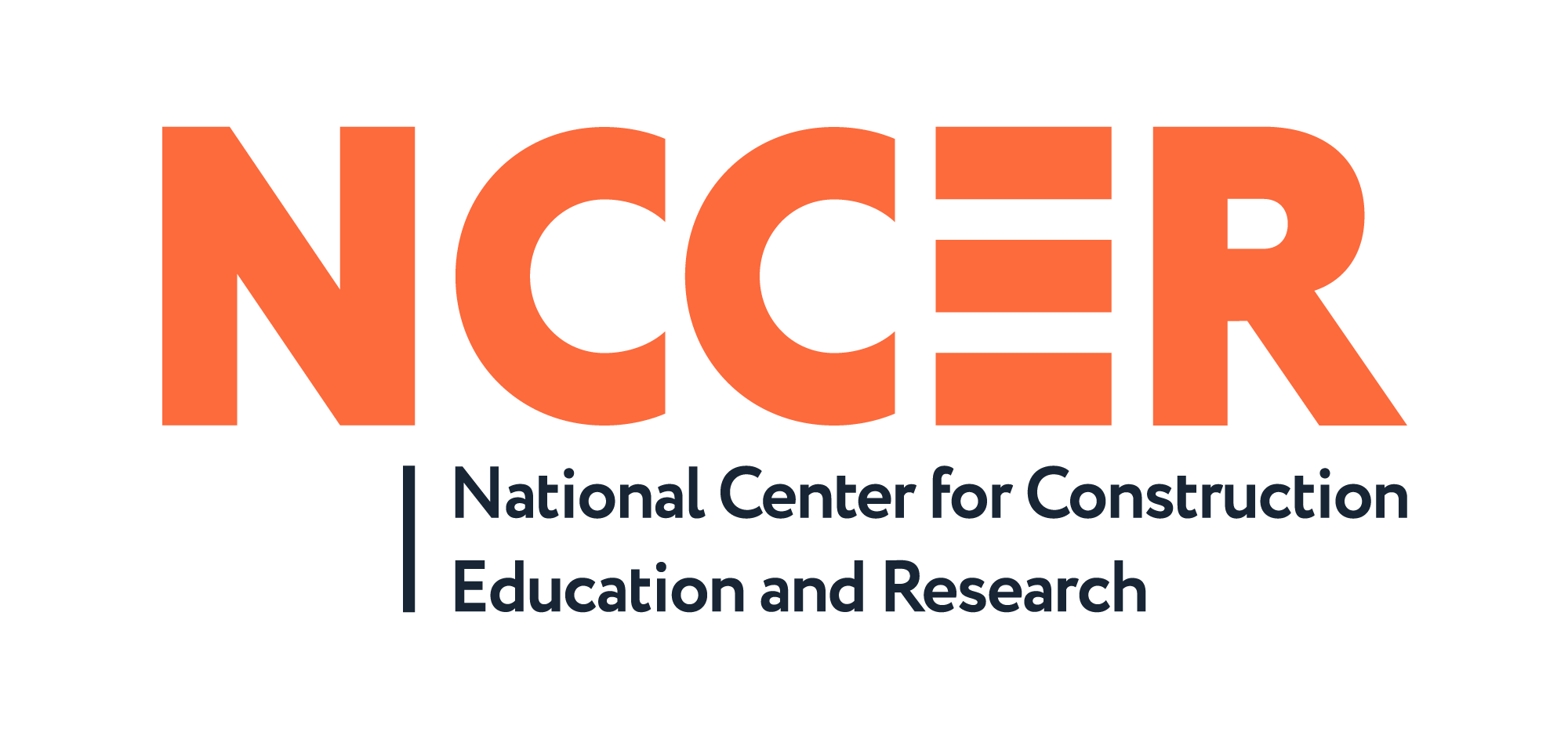The first step in creating effective partnerships between industry and education is to clearly understand your organization’s needs. Identify the skills and knowledge you want the collaboration to teach or reinforce, as well as what is required to move into high-demand jobs. Needs can be readily apparent and act as a catalyst for collaboration, but you should still consider evaluating needs strategically. By knowing all of your needs, you are prepared to discuss and maximize areas of collaboration. Utilize workforce planning data to assist in this analysis. Schools can use NCCER’s Craft Labor Map found at byf.org/craft-labor-map.
Examples from Best Practice Profiles:
LPR Construction (Industry to Education):
Identify the training program that will meet the most critical business needs first, and develop/institute that program. Once you have the first program running smoothly and effectively, add additional programs.
North Carolina Department of Public Instruction (Education to Industry):
Several decades ago, NCDPI recognized the industry demand for a skilled and trained workforce and sought out NCCER curriculum for their CTE program. The curriculum process and credentialing of students was hampered by the underestimated number of student credential completions.
Louisiana (State Perspective):
The Louisiana Workforce Investment Council contracted with Louisiana State University in 2013 to conduct a comprehensive, occupational forecast for the industrial construction industry, which indicated a critical demand for skilled labor. Louisiana will need 86,000 skilled craft workers by 2016 due to industry growth and employee attrition.
Questions to Consider:
- Where are your training programs strongest and weakest?
- Do you have adequate facilities for training?
- Do you have the staff or funding necessary to meet your needs?
| Index | next >> |
